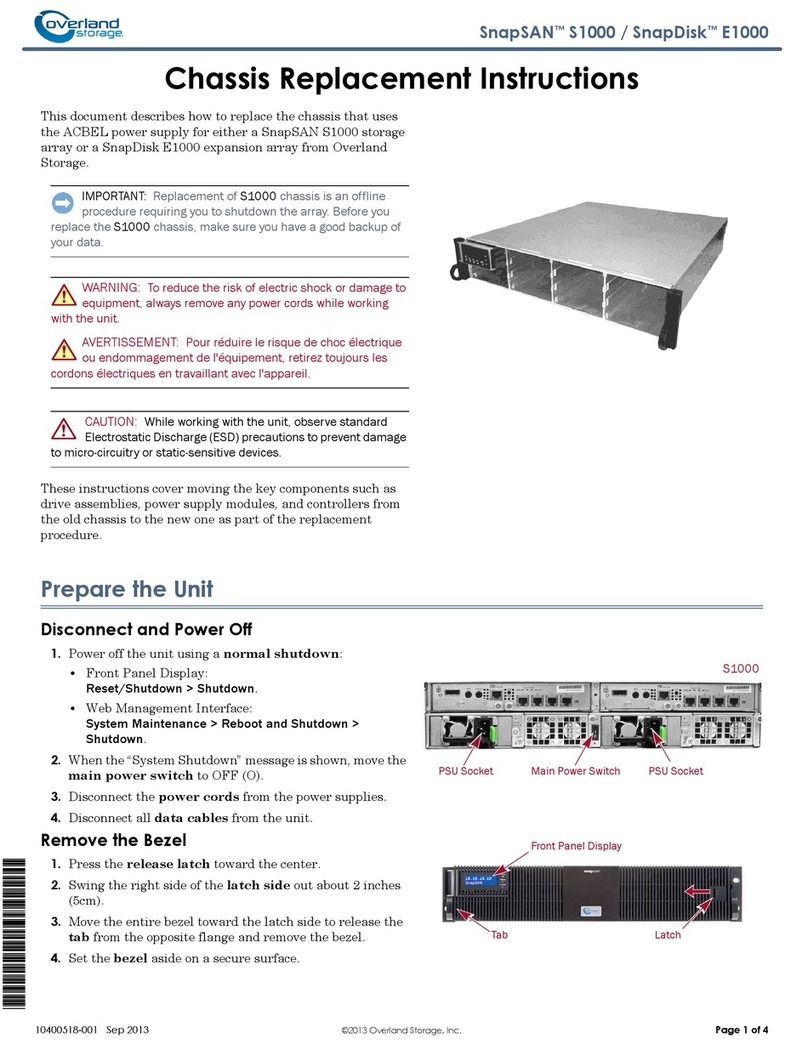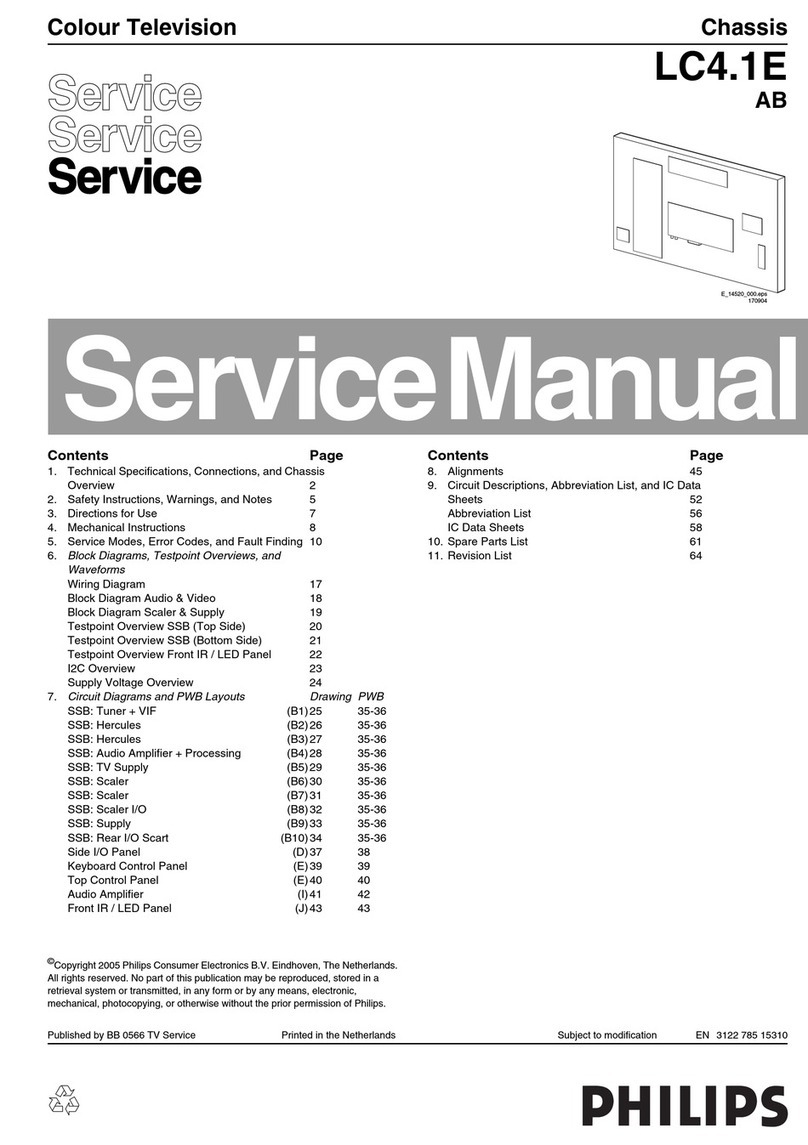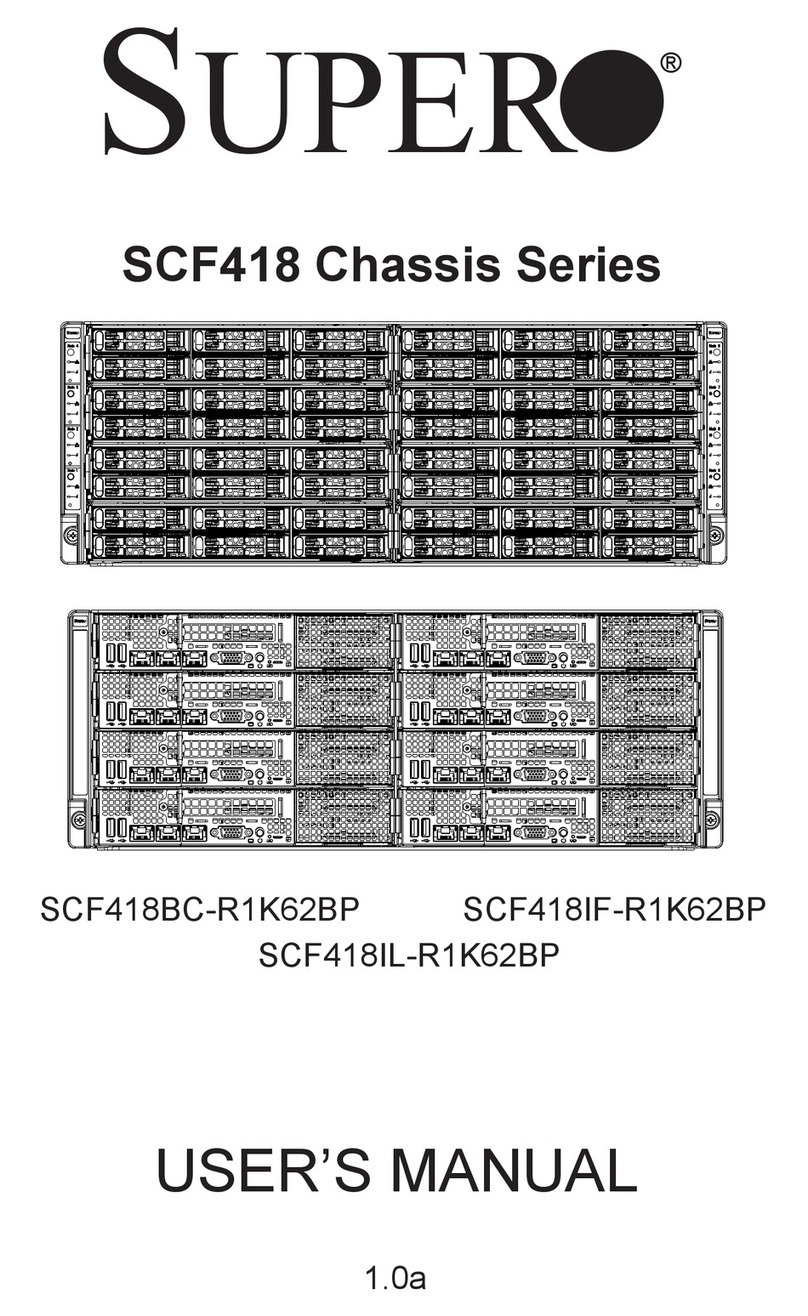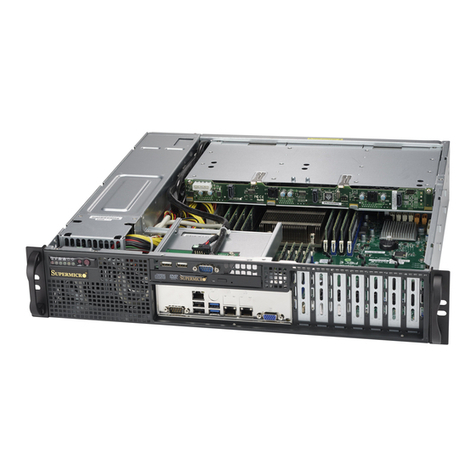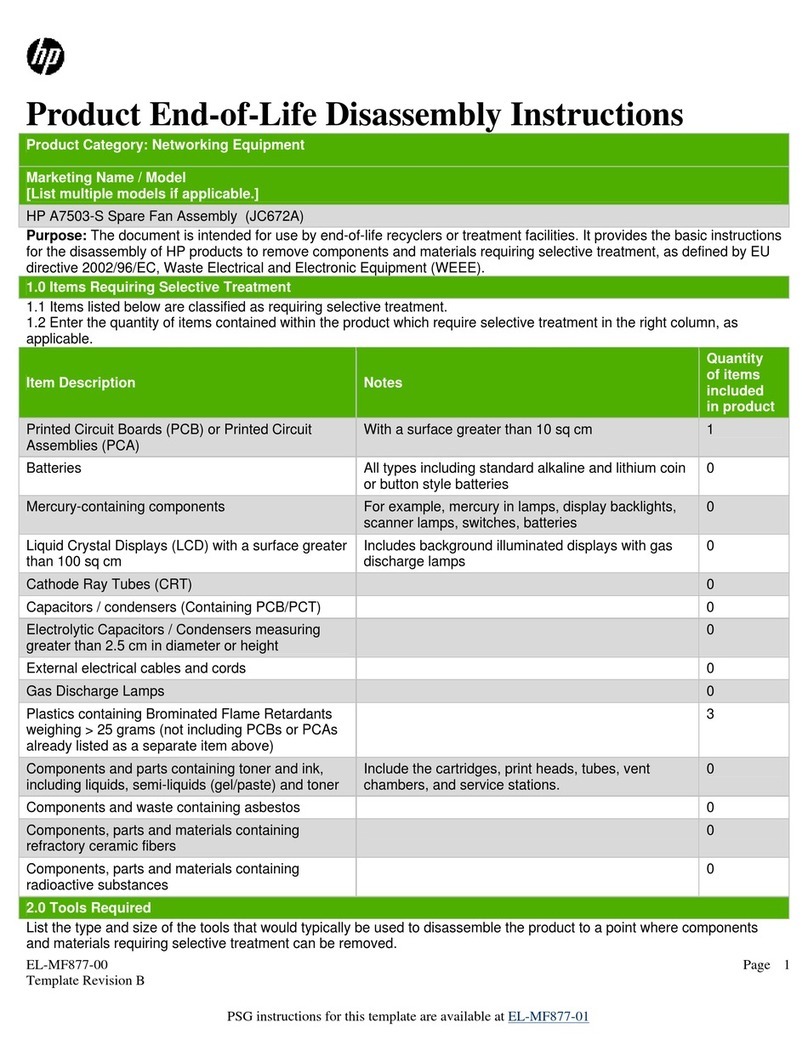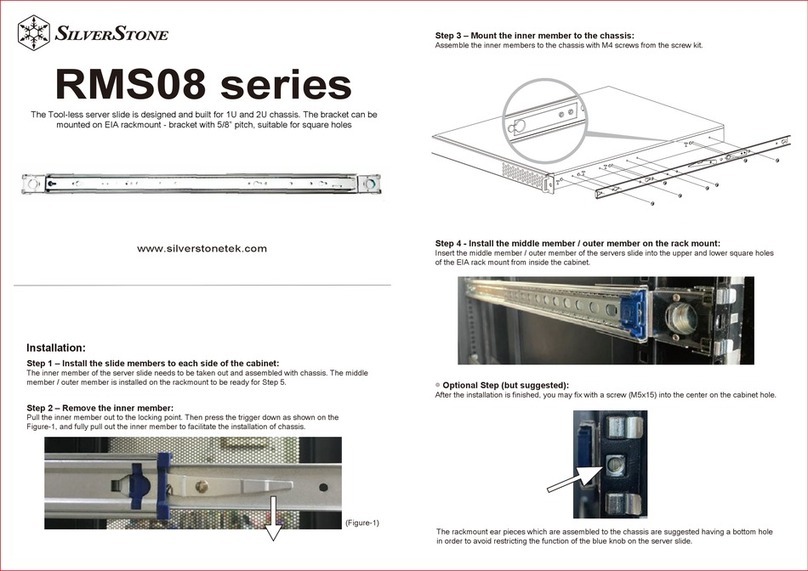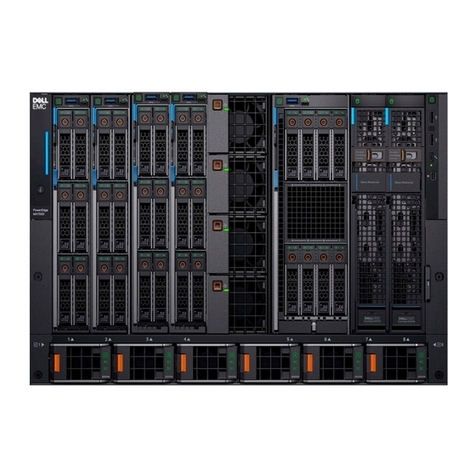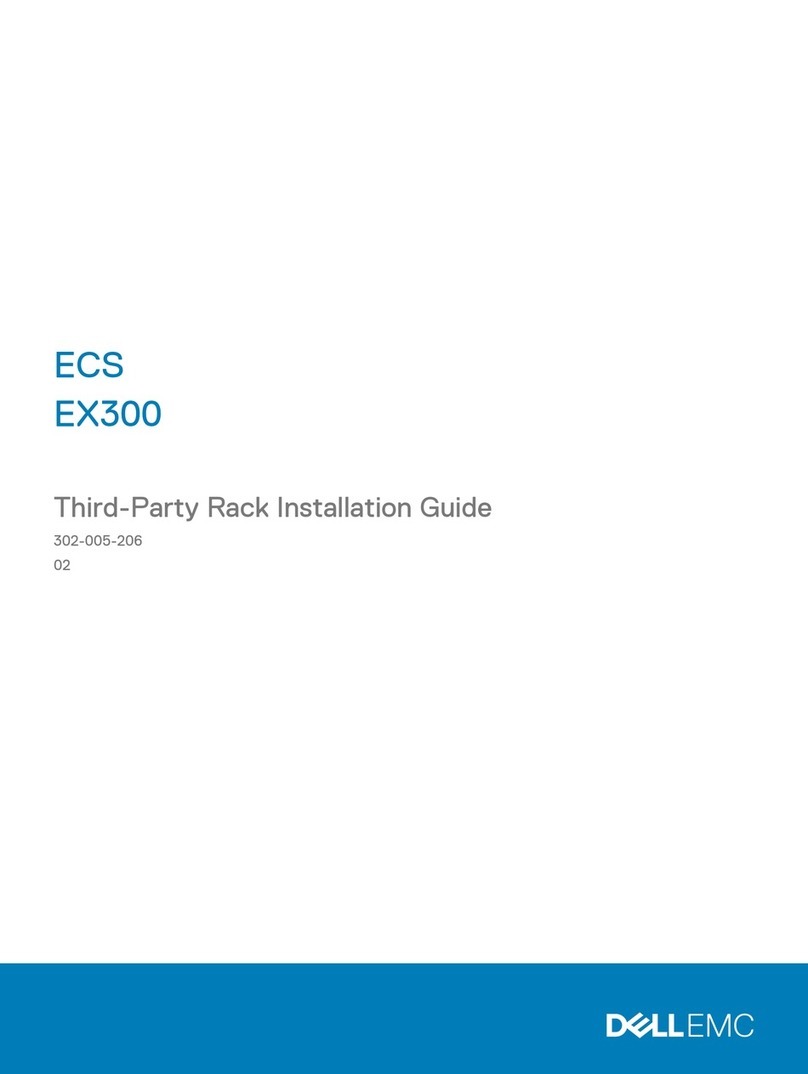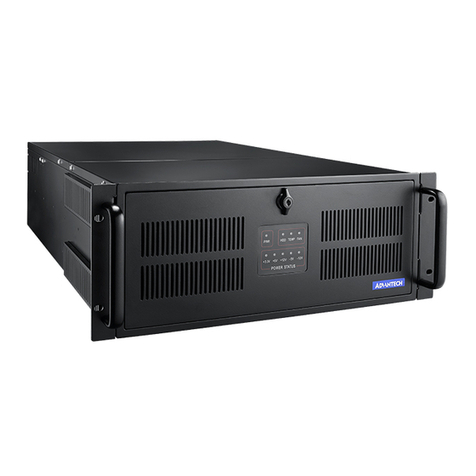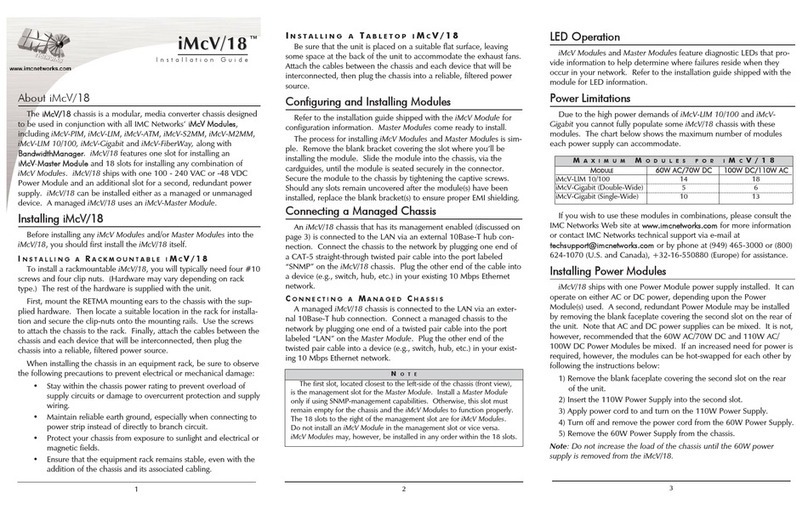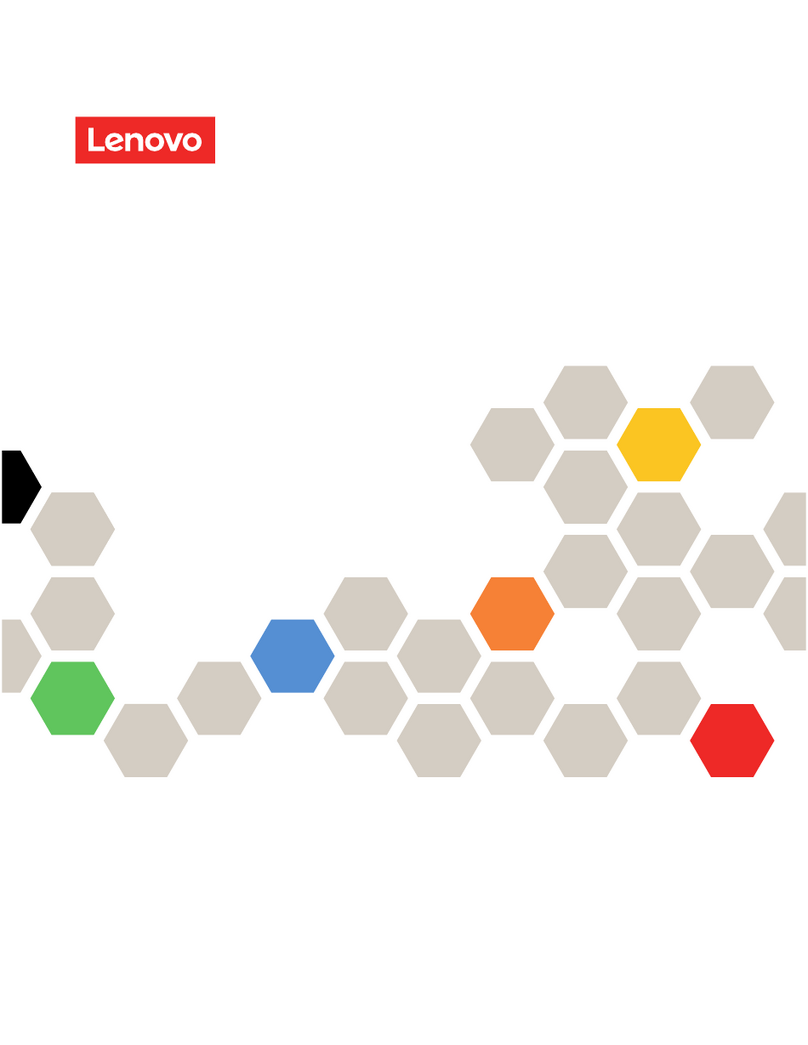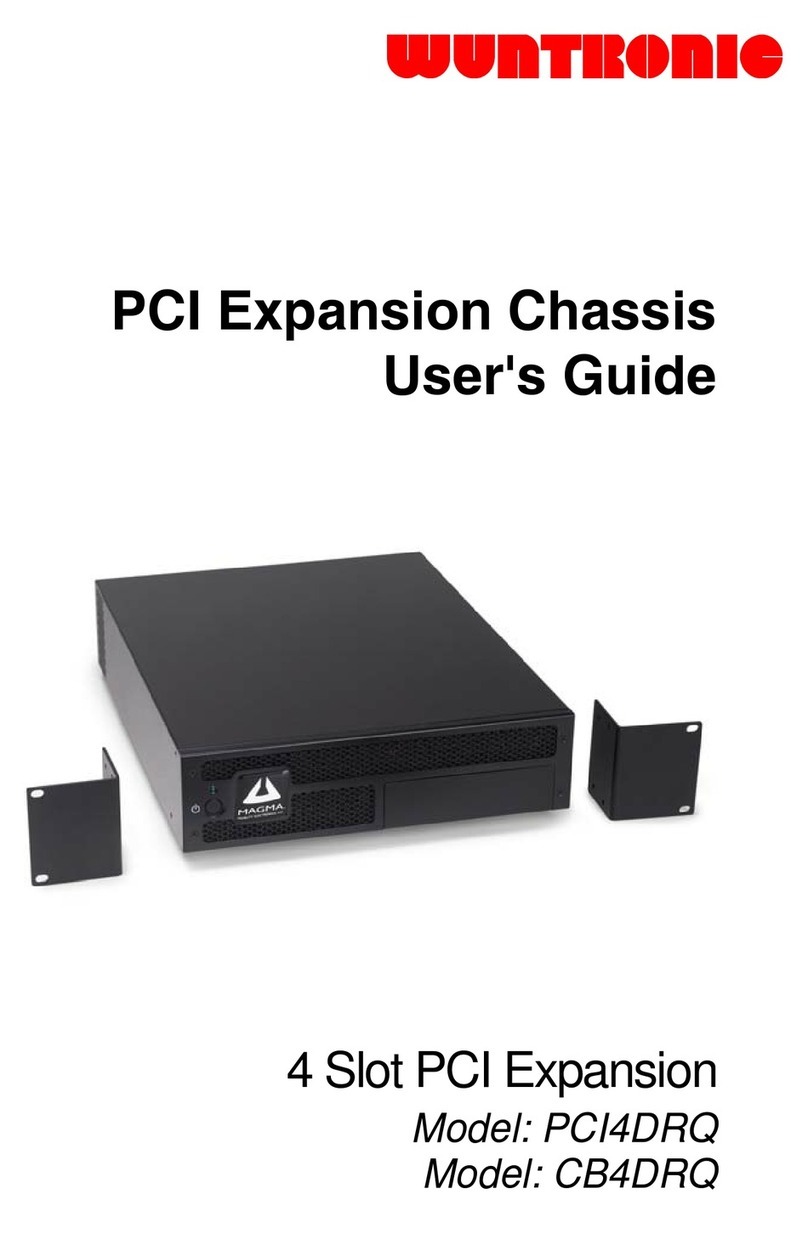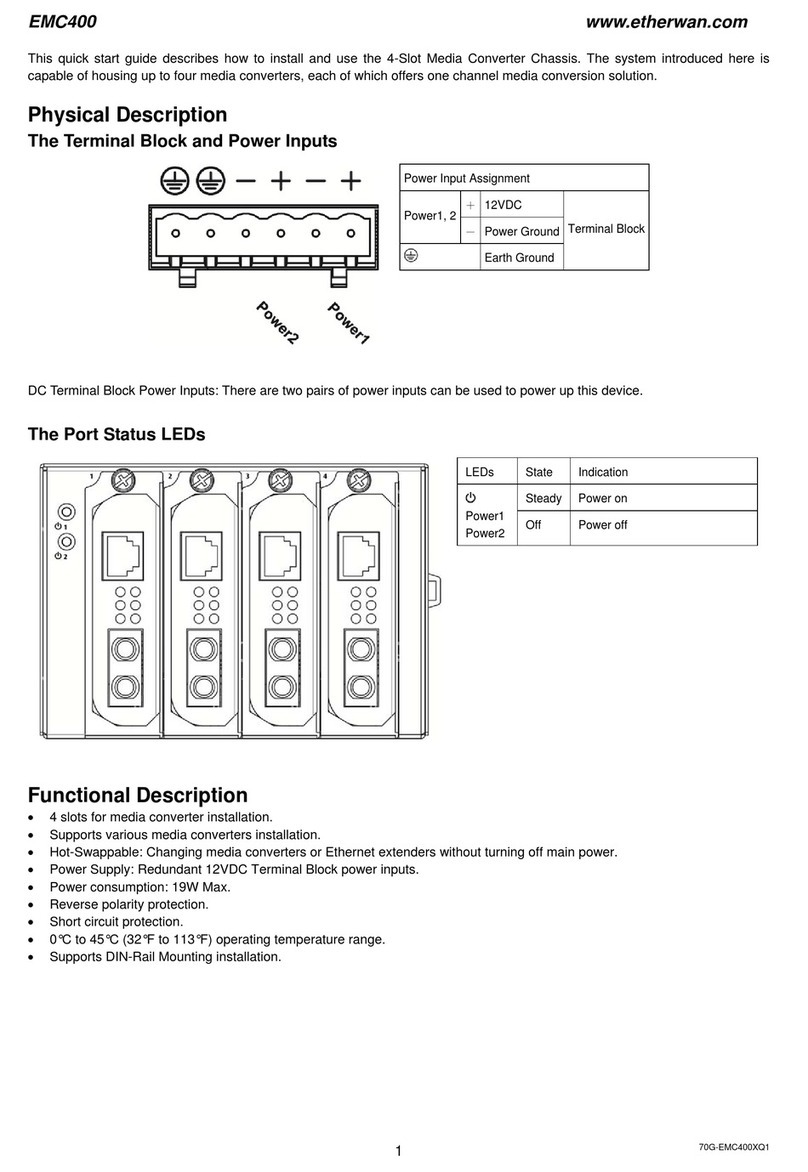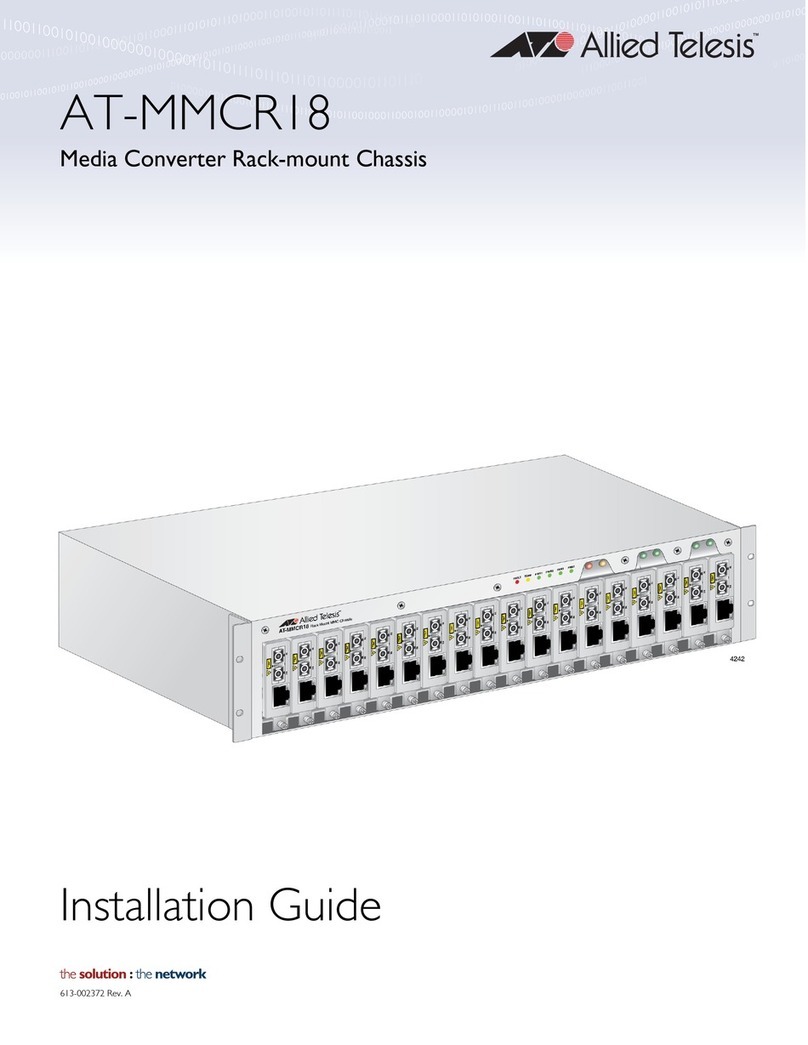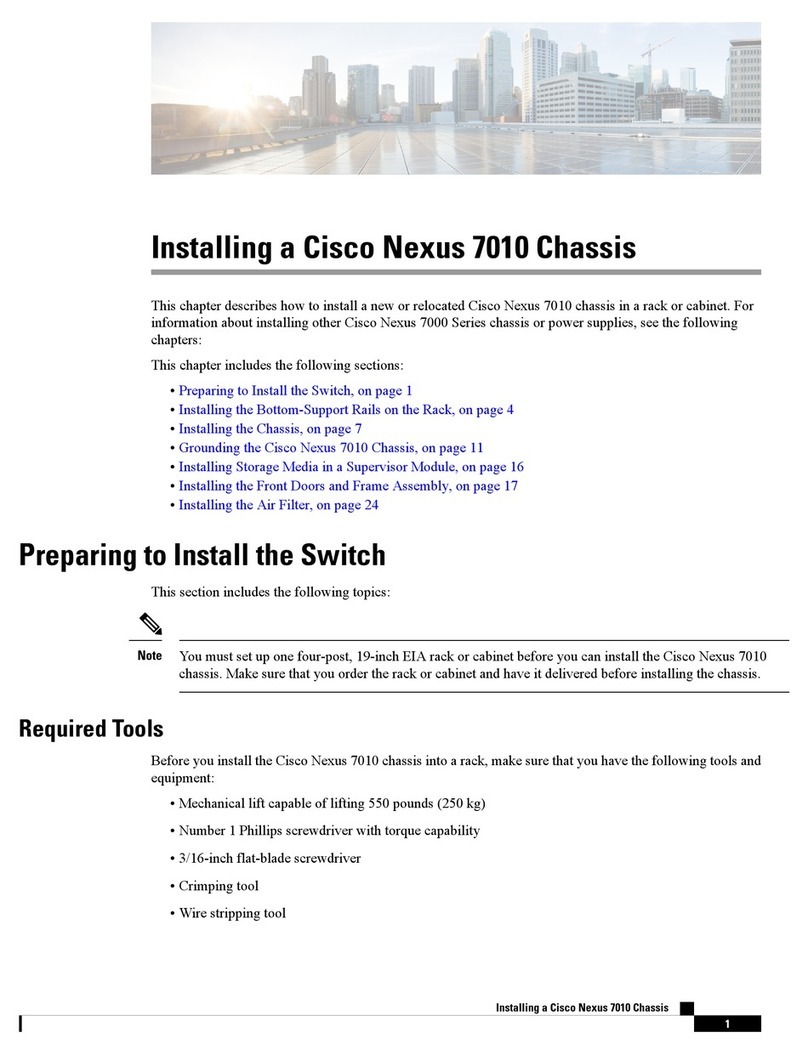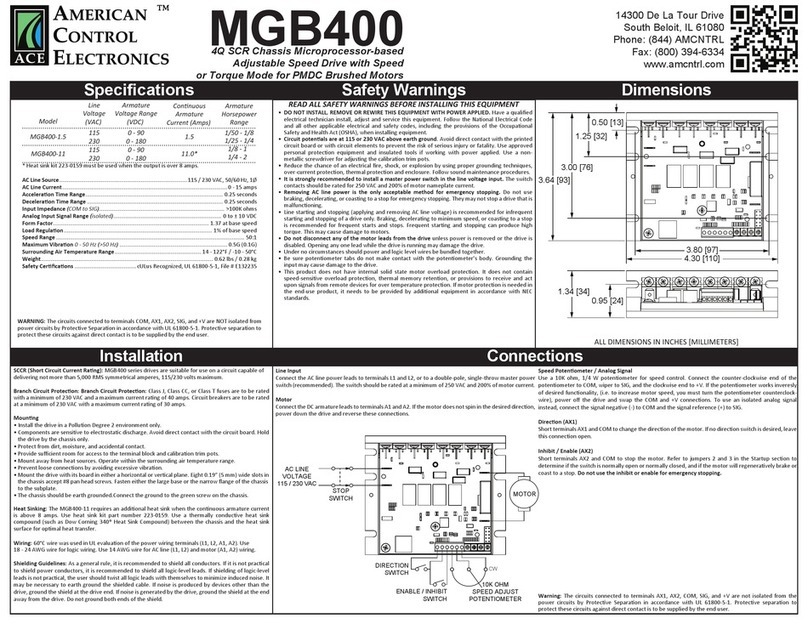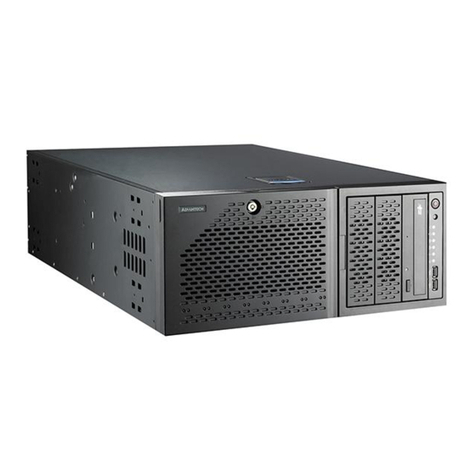
Contents
Dell EMC PowerEdge MX
Networking Architecture Guide
Contents
Chapter 1 Dell EMC PowerEdge MX Platform Overview 4
PowerEdge MX models and components..............................................................5
PowerEdge MX7000 (front)...................................................................................5
PowerEdge MX7000 (rear)....................................................................9
PowerEdge MX7000 chassis fabric slots.............................................................16
Chapter 2 OpenManage Enterprise - Modular Console 18
Introduction.........................................................................................................19
PowerEdge MX7000 initial deployment...............................................................19
PowerEdge MX7000 Multi-Chassis Management groups....................................19
PowerEdge MX7000 OME-M component management......................................22
Chapter 3 PowerEdge MX Scalable Fabric Architecture 25
Scalable Fabric architecture................................................................................26
QSFP28 double density connectors....................................................................28
Interfaces and port groups ..................................................................................29
Embedded Top of Rack switching.......................................................................33
Scalable Fabric OS10EE CLI Commands...........................................................35
Chapter 4 PowerEdge MX Ethernet Switch Operating Modes 36
Operating modes description ..............................................................................37
PowerEdge MX7000 SmartFabric topologies......................................................39
SmartFabric uplink topologies.............................................................................41
Deploying a SmartFabric.....................................................................................46
Appendix A Additional Guidelines and Equipment Details 49
Scalable Fabric restrictions and guidelines .........................................................50
Supported cables and optical connectors............................................................57
Rate limited 32 Gb Fibre Channel.......................................................................64
Spanning Tree Protocol recommendations .........................................................65
NIC teaming restrictions......................................................................................66
PowerEdge MX IOM slot support matrix..............................................................67
PTM port mapping...............................................................................................69
Examples of unsupported Scalable Fabric topologies.........................................71
Appendix B Additional Information 74
Documentation and Support................................................................................75
